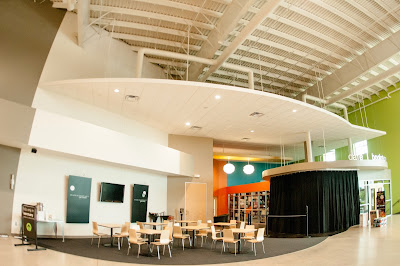How does insulation affect the cost of my building?
There a couple ways to look at insulation and value in a building, for instance what you are planning to use the building for and the balance of initial cost of insulation and how much return on investment you will receive. If you spend so much on an insulation system that your ROI is past 12-15 years then it is not worth it and FED would recommend another solution.Another driver of your insulation value depends on your use for the building. If you plan on only keeping the temperature just above freezing and not using the space in the winter then high R-value insulation will not serve any purpose and the cost savings in heating would be very long term. If the building will be kept at a typical room temperature and need to be uniformly heated then a higher R-value would be a good investment.
Don't forget that your insulation is only as good as it's weakest link. If half of the building is insulated very well and the other half is not insulated sufficiently then all of the heat will be lost through the lesser R-value space.
FED can help you navigate through the insulation decision making process as well as all the other areas in which important decisions are made when building a structure.



